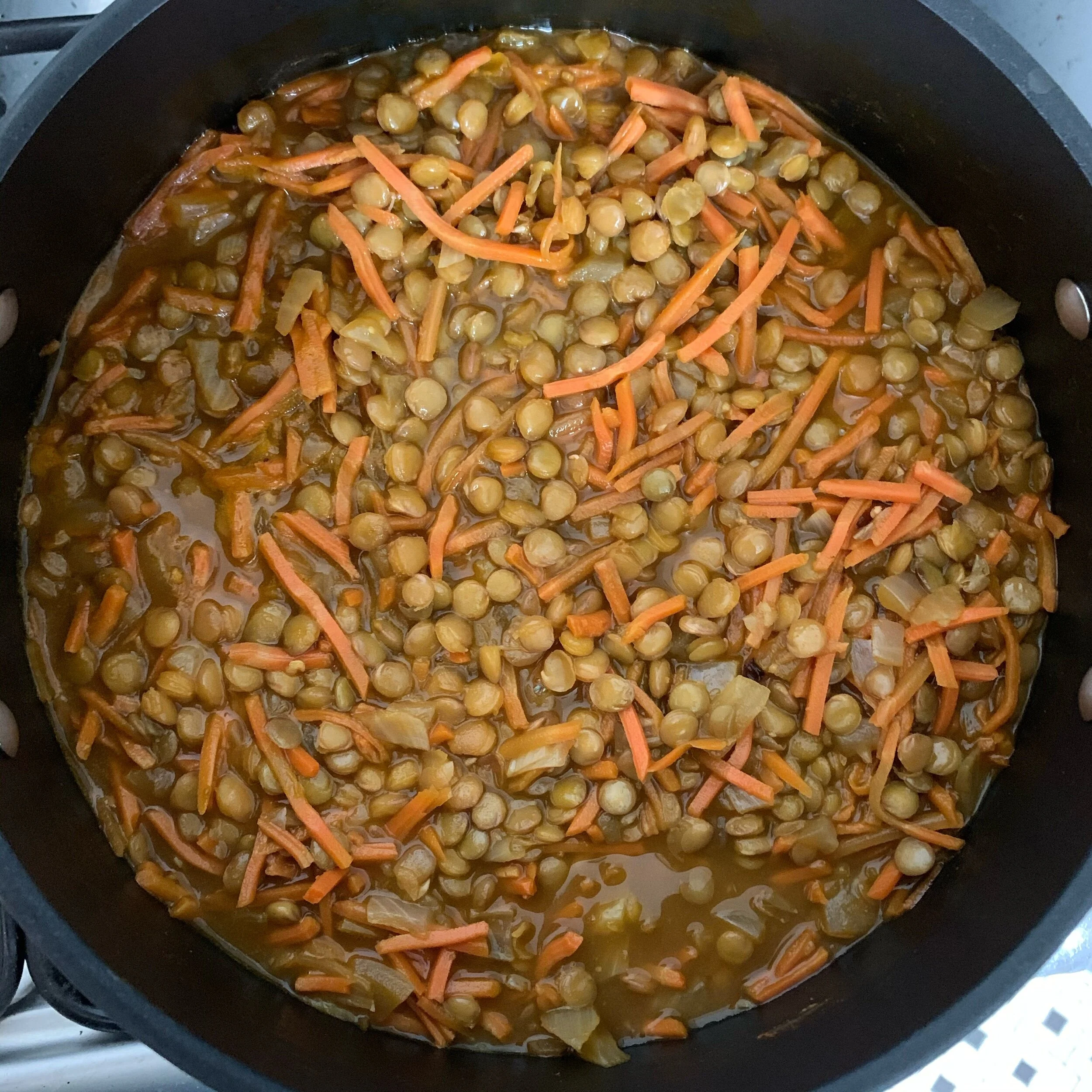The Glycemic Index
Ever wonder what causes sugar cravings and mood swings? Well, if not PMS, the likely culprit is hidden within your diet.
Glycemic Index refers to the rate at which carbohydrates are absorbed into the bloodstream and used for energy. Foods are classified into three categories, Low, Medium and High GI, ranging on a scale of 0-100. The higher the index, the quicker the glucose absorbs into the bloodstream and the harder the body must work in order to digest those foods. Quick, high rises in blood sugar eventually lead to greater drops. The steeper the drop, the more likely you are to experience mood swings and sugar cravings. The lower the index, the less work your body needs to do to keep your blood sugar levels in balance.
Let's say for brunch you devour a giant stack of pancakes drenched in syrup and countless mimosas only to be hangry, not just hungry, a few hours later. Maybe that's just me. While you may feel stuffed-full immediately after consumption, these foods will cause your blood sugar to spike and then drop fast. This causes cravings for more sugar, creating an endless pendulum effect.
Low GI Foods (0-55):
This category contains most fruits and fruit juices, vegetables, nuts, beans, legumes (lentils), dairy, minimally processed grains, breads and pasta (spaghetti, linguine, oats, whole wheat, pumpernickel, bulgur), as well as a few sweets such Peanut M&Ms and chocolate bars.
Medium GI Foods (56-69):
This category contains foods that are moderately processed such as certain grains, breads and breakfast cereals (white and brown rice, quick oats, pita, rye, Shredded Wheat, muesli), popcorn, sweeter fruits and juices such as mango and pineapple, canned fruits and ice cream.
High GI Foods (70-100):
These foods are highly processed and should be eaten in moderation. Examples include white breads/bagels/rolls/buns, sweetened and highly processed grains and breakfast cereals (Rice Crispies, Cheerios, instant rice, millet), pastries (cookies, cakes, donuts, croissants, etc), packaged snack foods (pretzels, corn chips). Consistently eating a heavily processed, high Glycemic Index diet can lead to Type 2 diabetes, obesity, high cholesterol and heart disease.
Did you notice:
Bread, for instance, can range anywhere from low to high depending on how processed it is. White bread has a high Glycemic Index since it is highly processed and striped of nutrients, whereas whole grain and whole wheat breads are minimally processed, resulting in a lower GI.
Other factors to consider:
The size and ripeness of fruit can change its Glycemic Index, e.g. bananas, range from about 42-51. Also, mixing foods of different GI levels can decrease the rate of absorption, e.g. eating a bowl of Corn Flakes (high GI) with milk (low GI) versus eating the Corn Flakes dry.
Sugar addiction is no joke but is possible to overcome. I used to have an extremely high tolerance for sweets, with nothing being too rich for my taste. I am now much more sensitive, often feeling sick when I eat too much sugar. While old-me preferred sweet breakfast foods, new-me now craves savory. By minimizing processed foods and eating a diet rich in low GI foods, you can train your body to crave healthier foods. My go-to breakfast is now avocado toast with a fried egg.
For more info on how blood sugar affects your body, read Diabetes Q&A.
For more info on whole vs refined grains (whole wheat vs white bread), click here.
FYI: the pancakes pictured are from Northstar Cafe in Columbus, Ohio.
As always, please share your thoughts, feelings and concerns in the comments below.
Until next time,
-Mallory
Source:
Waller, P. (2010). Holistic Anatomy: An Integrative Guide to the Human Body. Berkeley, CA: North Atlantic Books.






